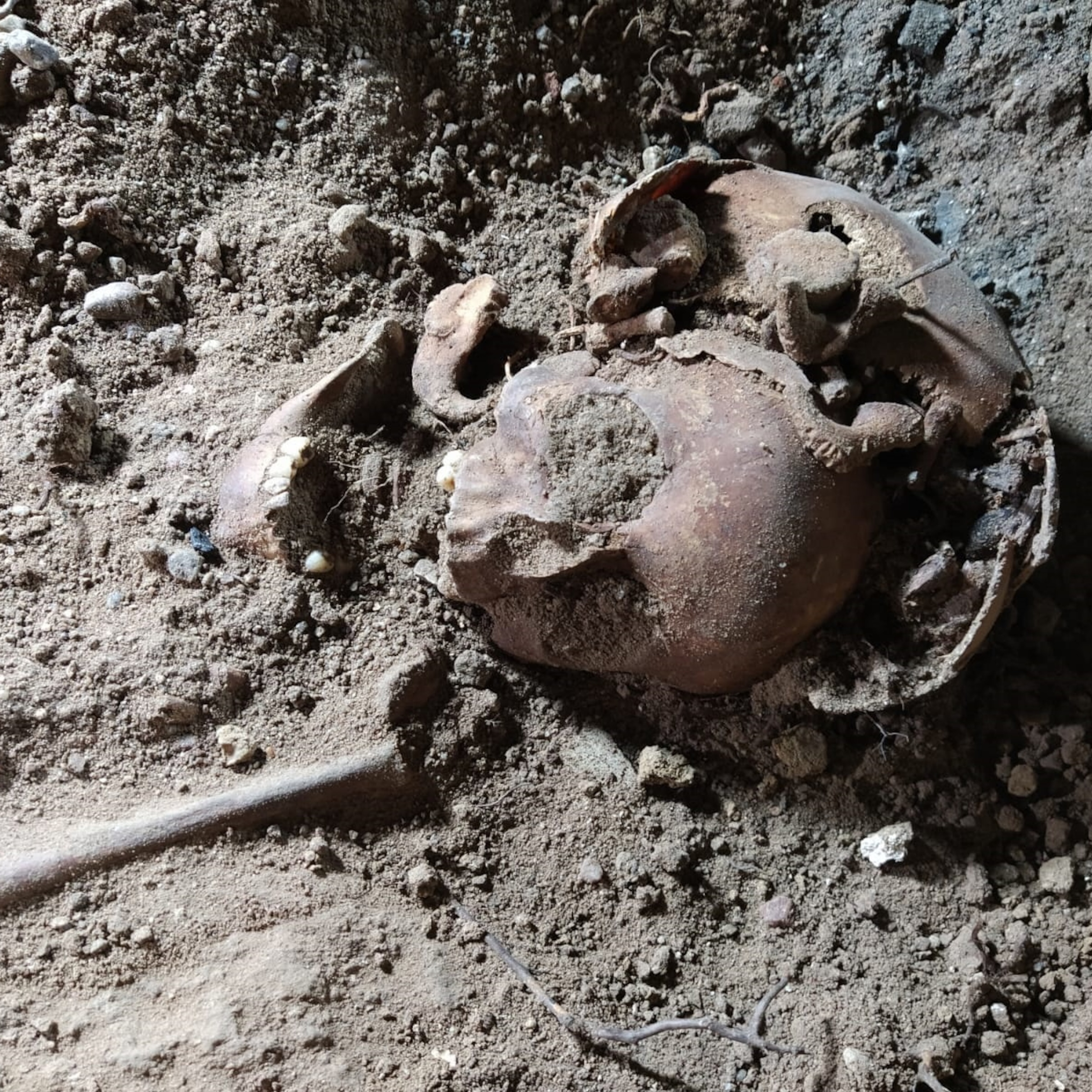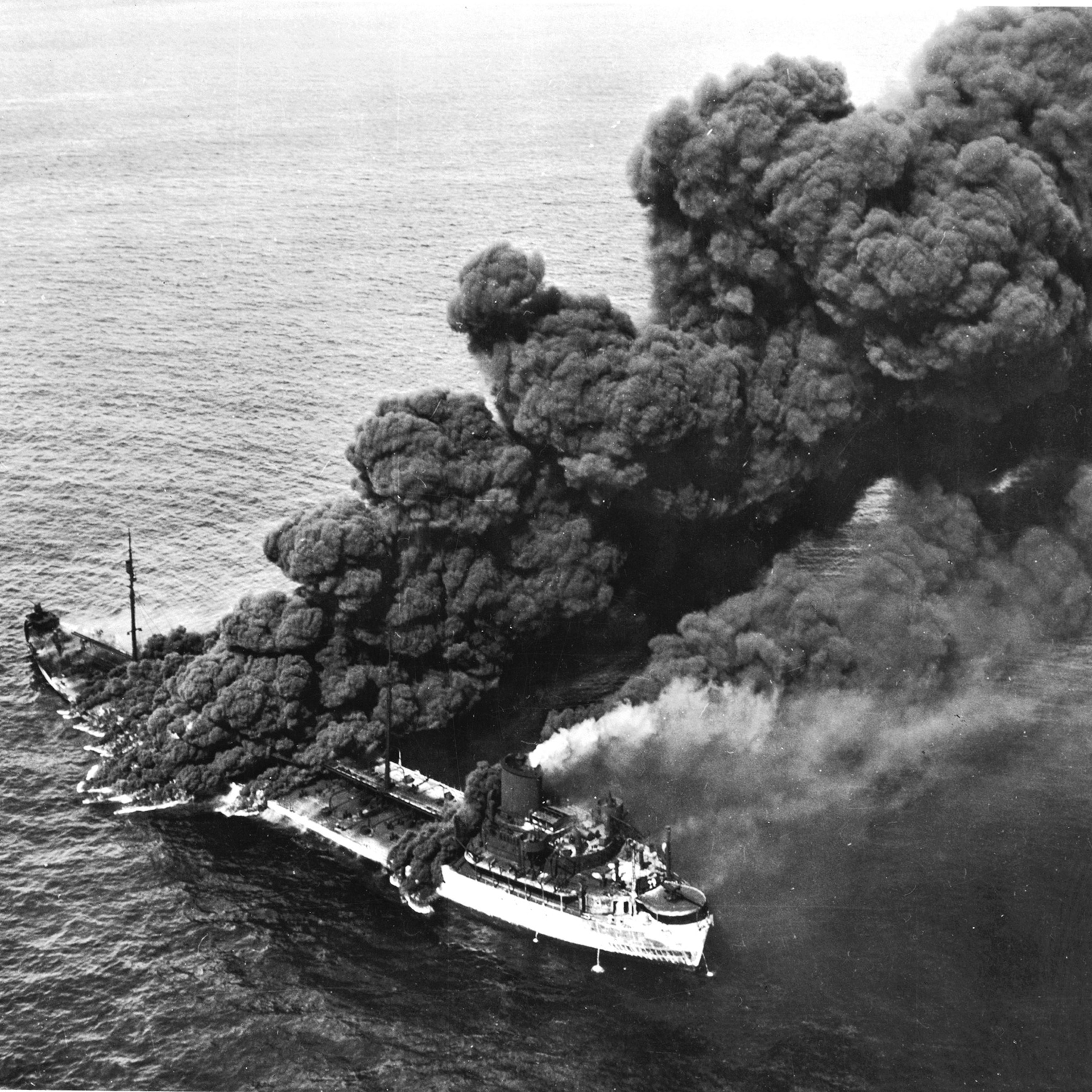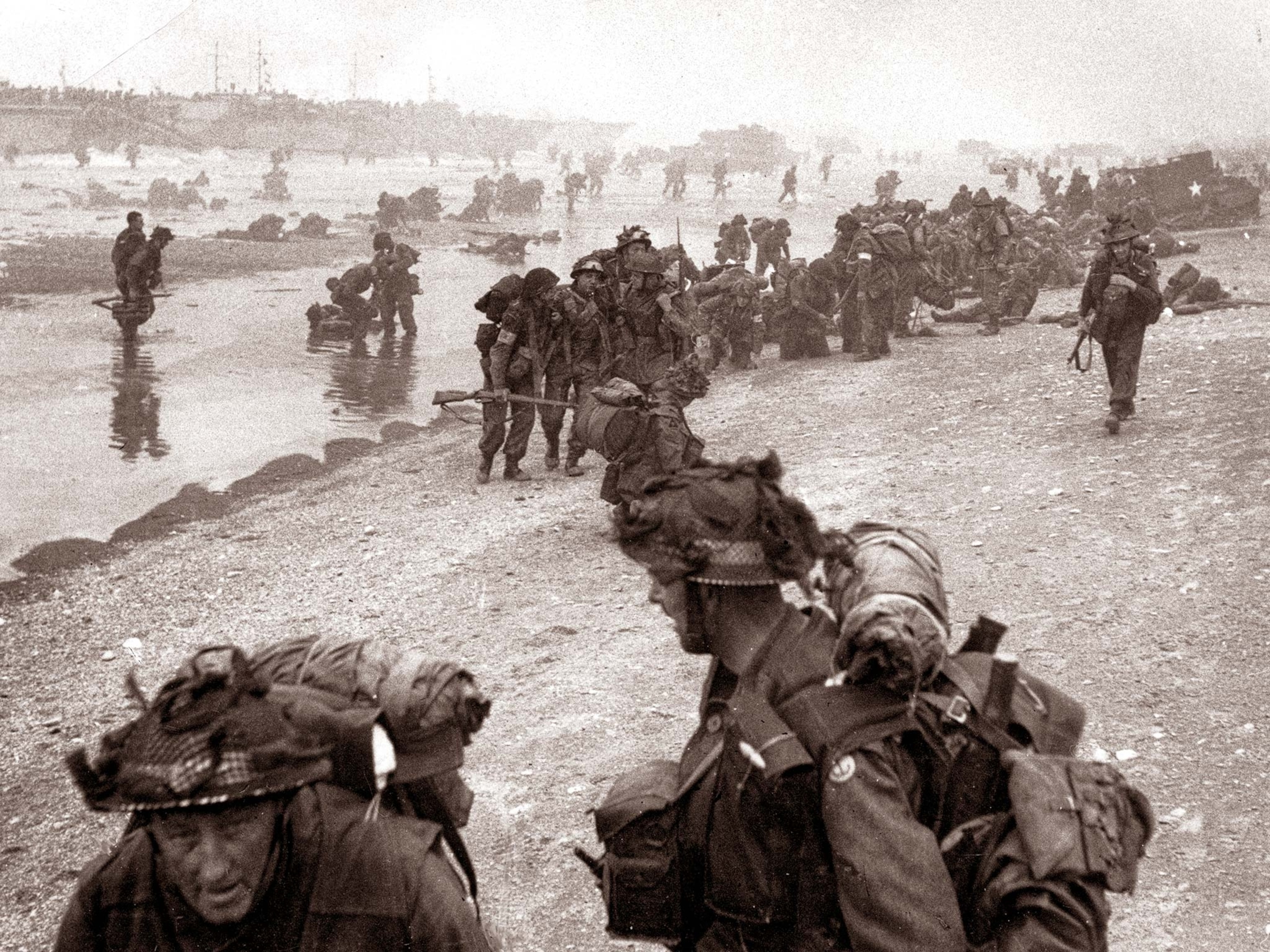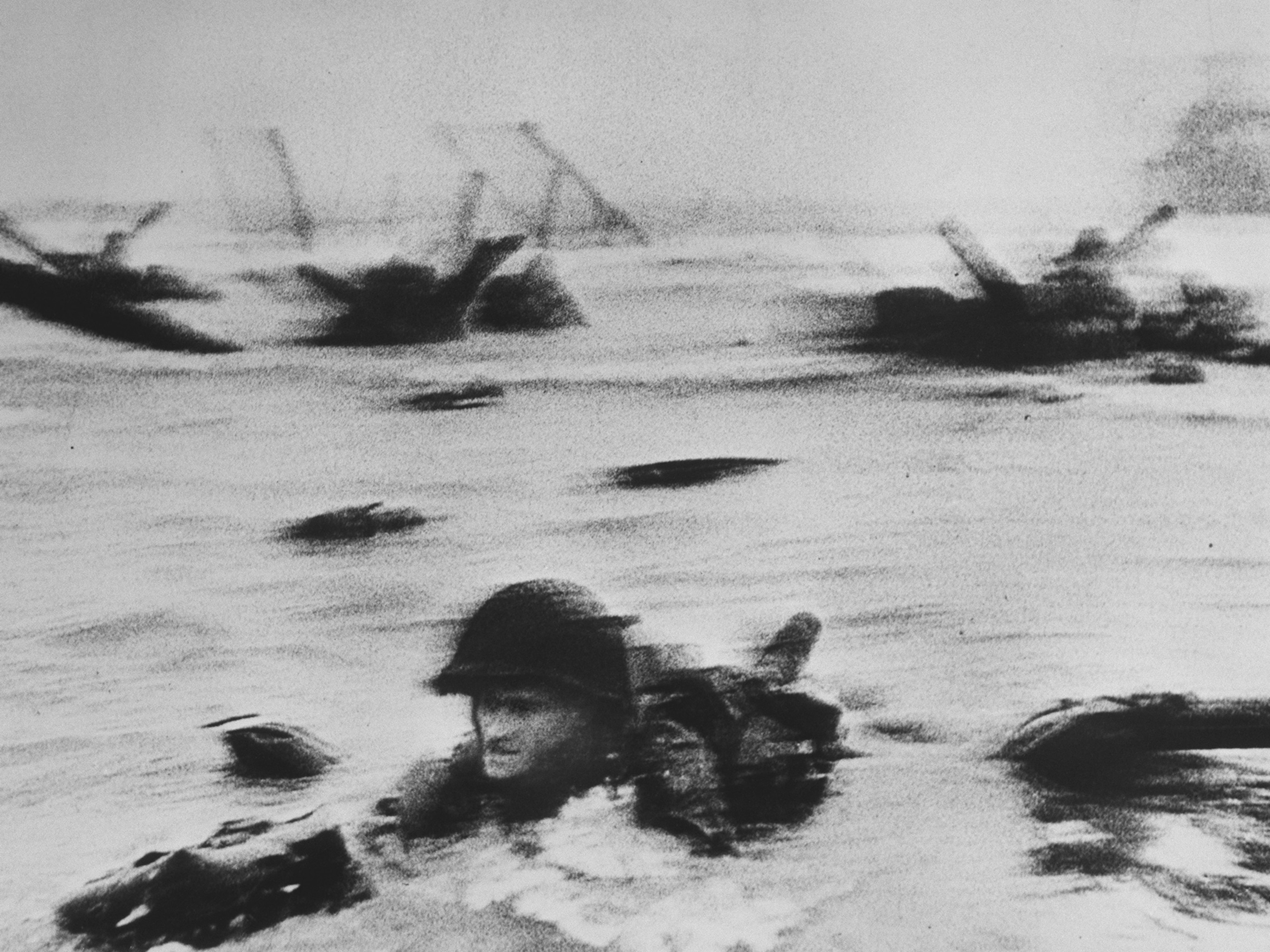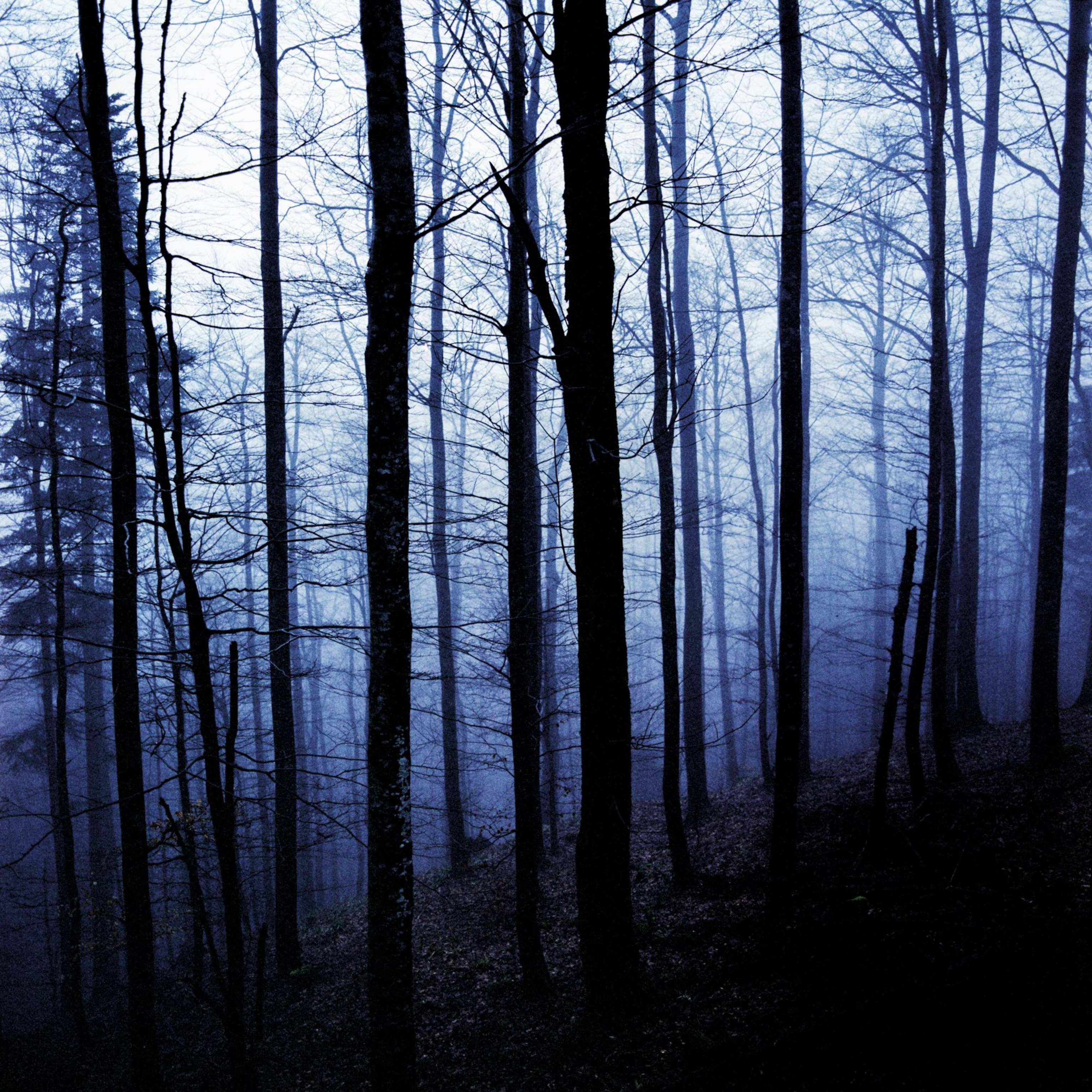
Across Europe, a photographer retraces a haunting ‘pathway to genocide.’
Through 22 stories and 130 locations, an immersive project traces the ghosts of the Holocaust across Europe. It tells the stories of those who were there, and the places themselves—some of which risk being lost from memory.
At a glance the photographs would appear to show any run-down backyard scene in Nondescript, Europe. A forest clearing. Damp-stained buildings with glowering, monochrome architecture. Concrete wastegrounds between tower blocks, the gray palate perhaps enlivened with a basketball hoop or a playset.
Then the camera looks closer. The details: Strange grassed-over mounds between the trees. A once grand house neglected in a way that feels scornful, somehow. Fence creepers not quite obscuring bulletholes. Gritty soil that, at a close peer, isn't soil at all.
Almost eight decades on from the German surrender at the end of World War II, living memory of the atrocities of the Holocaust are fading. In the minds of those who weren't there, they are also zoned. Think of the murder of millions by the Nazis and most think of railway lines beneath watchtowers, through gates and behind razorwire fences into places with the most terrifying names in history: Auschwitz, Dachau, Bergen-Belsen, Mauthausen.
But these killing centres were only one part of the terror experienced by those persecuted across Europe between 1933 and 1945. Now, with first generation survivors of the Nazi genocide diminishing, it is the places themselves that stand in memory to the horrors that happened there—many of which are in danger of being forgotten.
In his book A Wounded Landscape: Bearing Witness to the Holocaust, British photographer Marc Wilson records the stories of 22 survivors and second generation descendants all over the world—and follows the journey of their oppression through the modern landscapes of Europe.
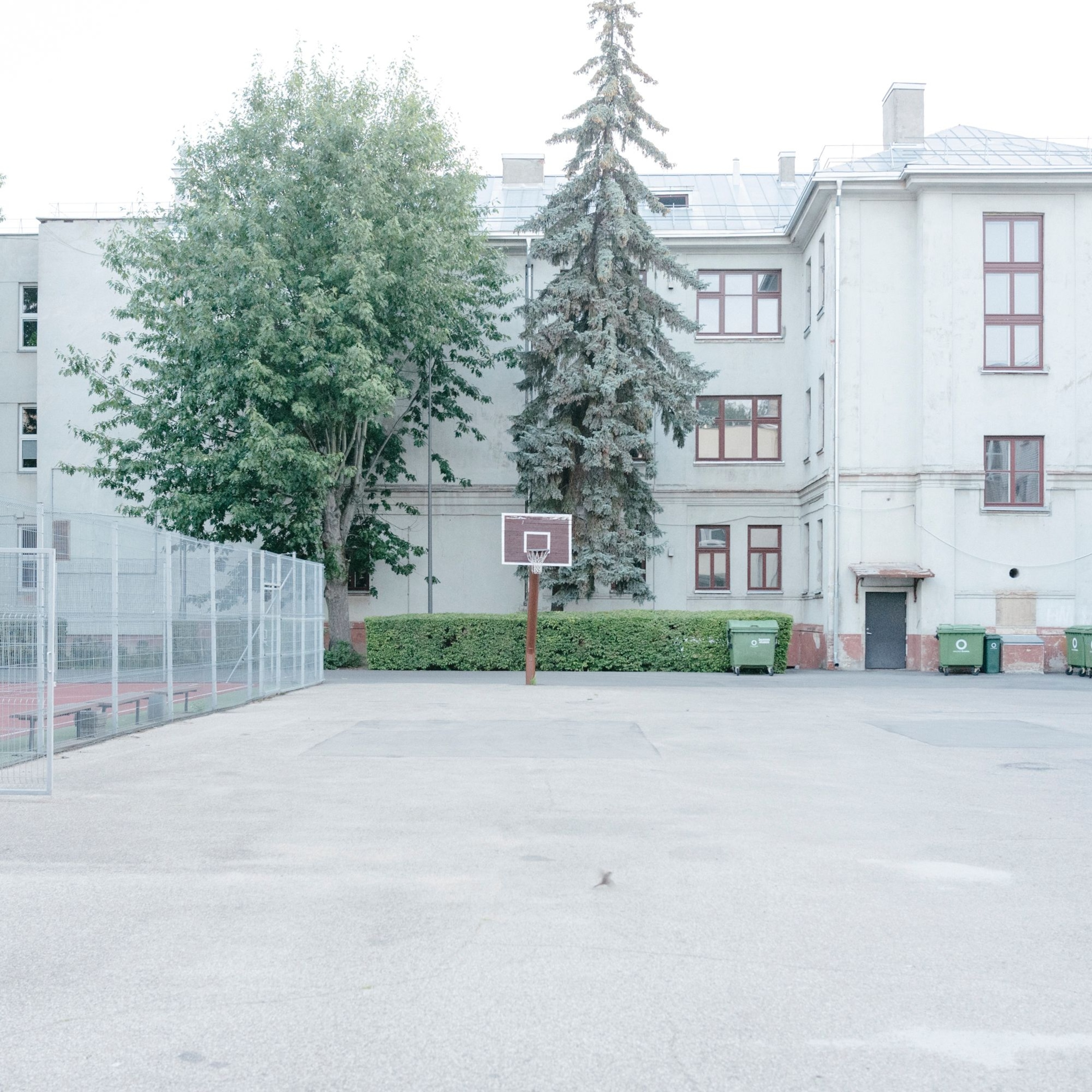

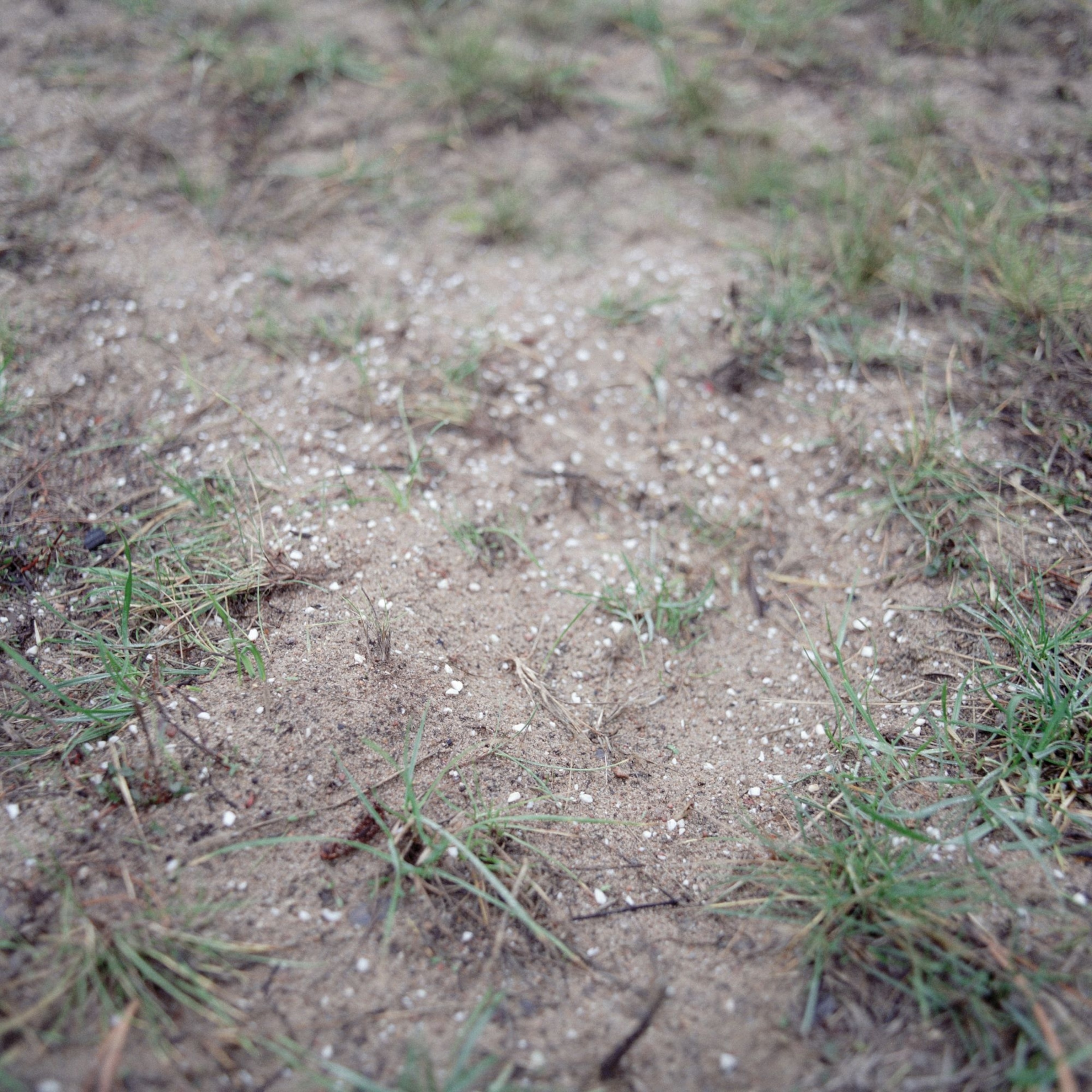
Over the course of six years Wilson's travels traced ground between Kharkiv in Ukraine in the east, to Gurs in Western France. The journeys followed what he calls a ‘pathway to genocide’ through locations of varying significance—from the sites of mass arrest to internment camps, ghettos, along deportation (and occasionally escape) routes, to sites of large-scale executions, extermination camps and mass graves. He visited 130 locations in all. Against the broader landscape of the Nazi terror machine, it's a fraction.
Become a subscriber and support our award-winning editorial features, videos, photography, and more—for as little as $2/mo.
“When I began this work one of the very first pieces of information I came across in my research was that in Europe alone, there are over 40,000 sites where these events took place,” says Wilson.
Following the trail
Wilson's motivation for producing a photo project on the Holocaust was twofold. He had a personal connection, with the story of his great-grandfather Aaron Ianco, murdered in Auschwitz in 1943 aged 73, and that of 45 other members of his family lost during the period—to each other "cousins, uncles, aunts, nieces … ash, on the ground. The end.”
That, and also what Wilson terms as “need” to make it—"to talk about a history I felt did not need to be shouted about, but at the same time must not be ignored, forgotten or even worse, denied—all things that are happening more and more as time passes.”
“I started simply. I bought a wall map and as I researched, began to place red dots on the potential locations I could visit.” says Wilson. “[But] what I realized at an early stage was that I needed to tell stories. Stories of individuals that could reflect the millions of other individuals, families, cultures, so deeply affected by the Holocaust.” (Related: The first official Jewish transport to Auschwitz brought 999 young women. This is their story.)
Wilson's research took him to historians, writers and scholars who could provide insight on the atrocities perpetrated by the Nazis and their collaborators—all piecemeal parts in their systematic eradication of people they viewed as inferior. These were Jews, Roma and Sinti, homosexuals, the physically or mentally disabled, but also political non-conformists, Soviet prisoners of war, dissident intellectuals, Communists, suspected Communists, people of colour, and more. This sweeping definition of 'undesirables' would ultimately result in the murder of seventeen million people. Estimates vary, as the atrocities were so widespread, numerous and impulsive. The accounts of those who survived—and the children and relatives of those who did not —were to fill in the map of Wilson's project.










“I never wanted to choose any story for its associated locations. Each was as important as the next,” he says. “I sat for hours listening to the individuals who shared their lives with me. What this meant was that when I was at these locations, very specific visual references were in my mind and would come together. The fragments of buildings that are left, in the trees surrounding those sites, the flowers growing in the grass, the dirt on my shoes.” (Related: hear the last voices of World War II.)
He adds the project became “not just a history of a location, but of that individual, or individuals, and what had happened to them there. The more people I met, the more layered these locations became.”
To memorialise—or move on?
The nature of the trail meant Wilson would visit not only the locations of grim familiarity such as concentration camps, but others where some of the Holocaust's less widely-known atrocities took place—the number of which, and the numbers involved, become near inconceivable when considered at scale. “I think it is part of our nature to collectively remember large events and in doing so forget the smaller ones,” says Wilson. “The scale of these horrors and the memorialization of sites [such as Auschwitz]—although an incredibly important thing to do—allow people to think not of individuals, but of almost unimaginably large groups of people.”
Such marginalised locations include the forest outside Rivne, Ukraine where an estimated 23,000 Jewish citizens were rounded up and shot in pre-dug pits; other civilian mass executions in Rumbula, Latvia (25,000 killed); Romania's Iași Pogroms and 'Death Trains' (13,500 killed.) The Ninth Fort in Kanaus, Lithuania, where 4,273 Jewish children, 2,007 men and 2,920 women were massacred in one day on 29 October 1941. Lublin, in Nazi-occupied Poland, where in November 1943, 42,000 Jewish labourers were shot in an operation christened Erntefest (’Harvest Festival’); music was played on loudspeakers in the nearby Majdanek concentration camp to drown out the sounds of the murders. (Related: Race and ethnicity, explained.)
Then there are the places that speak to a more insidious component in the machine: An internment camp at Gurs, France, where the Vichy government interred 19,000 ’undesirables’—Jews, Gypsies, homosexuals—4,000 of whom would be deported to Auschwitz. As James Bulgin of London's Imperial War Museum writes in A Wounded Landscape, ‘The uncomfortable reality is that there is scarcely a stretch of the territory of Europe that does not have some sort of relationship, directly or indirectly, to the Nazi genocide.’
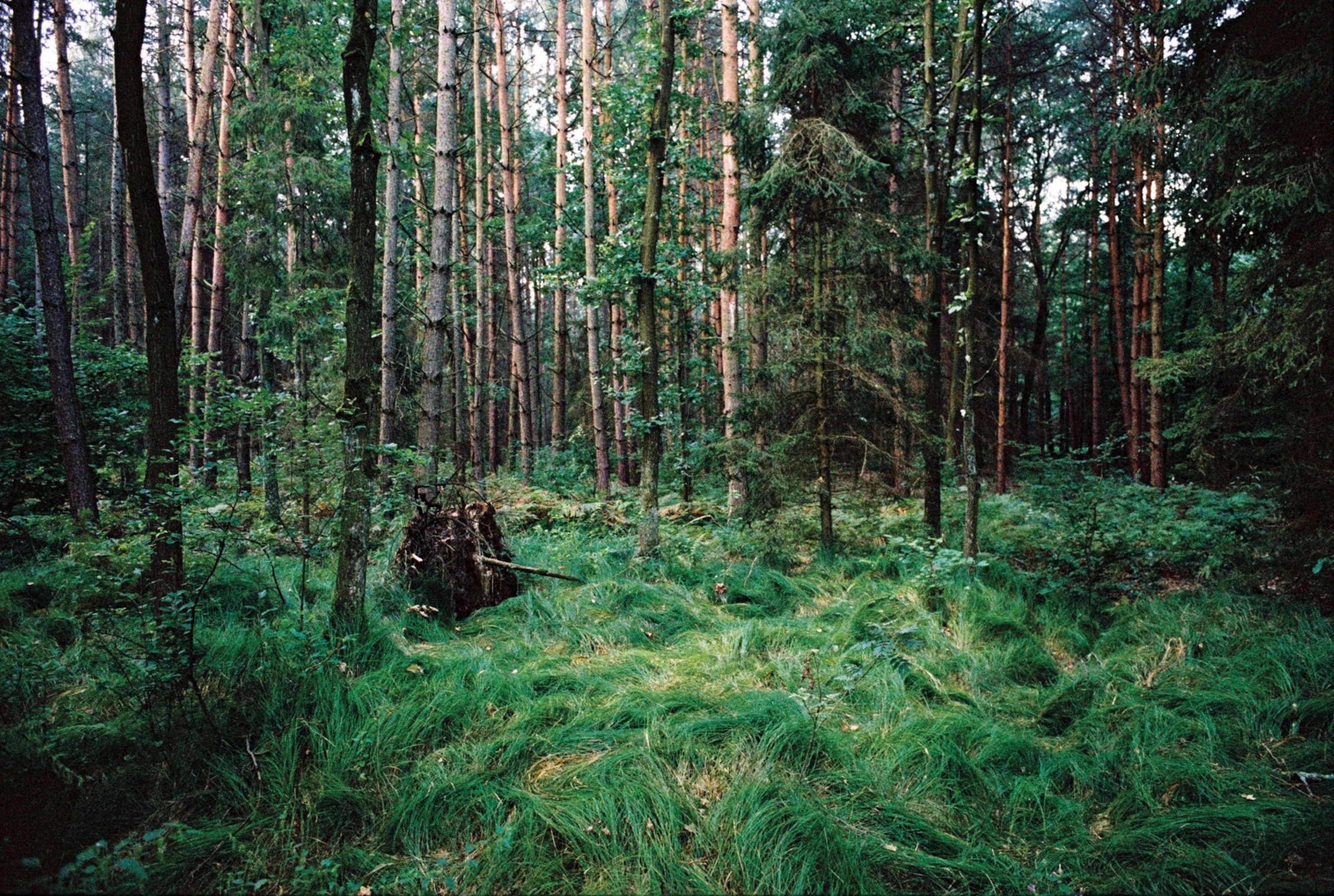
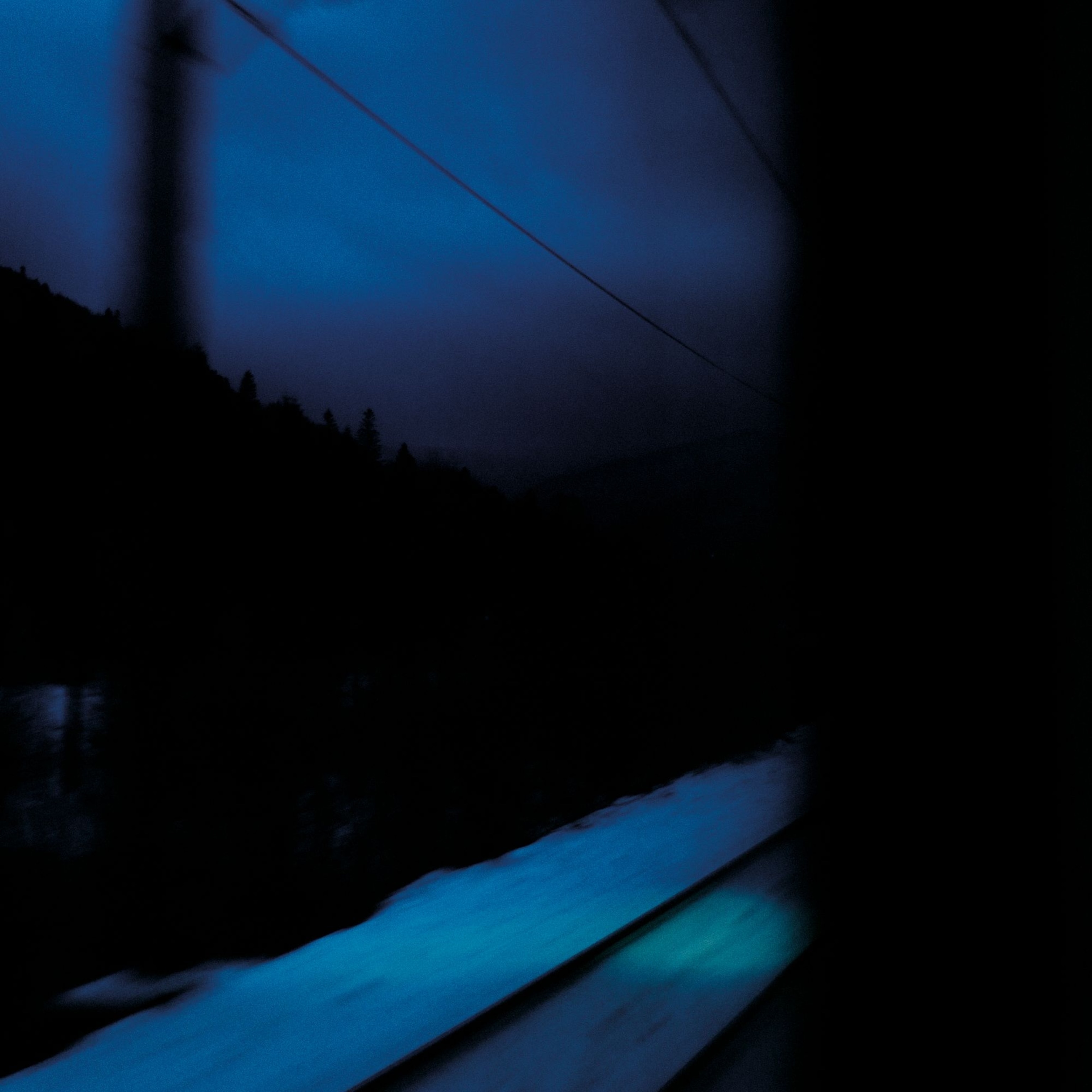
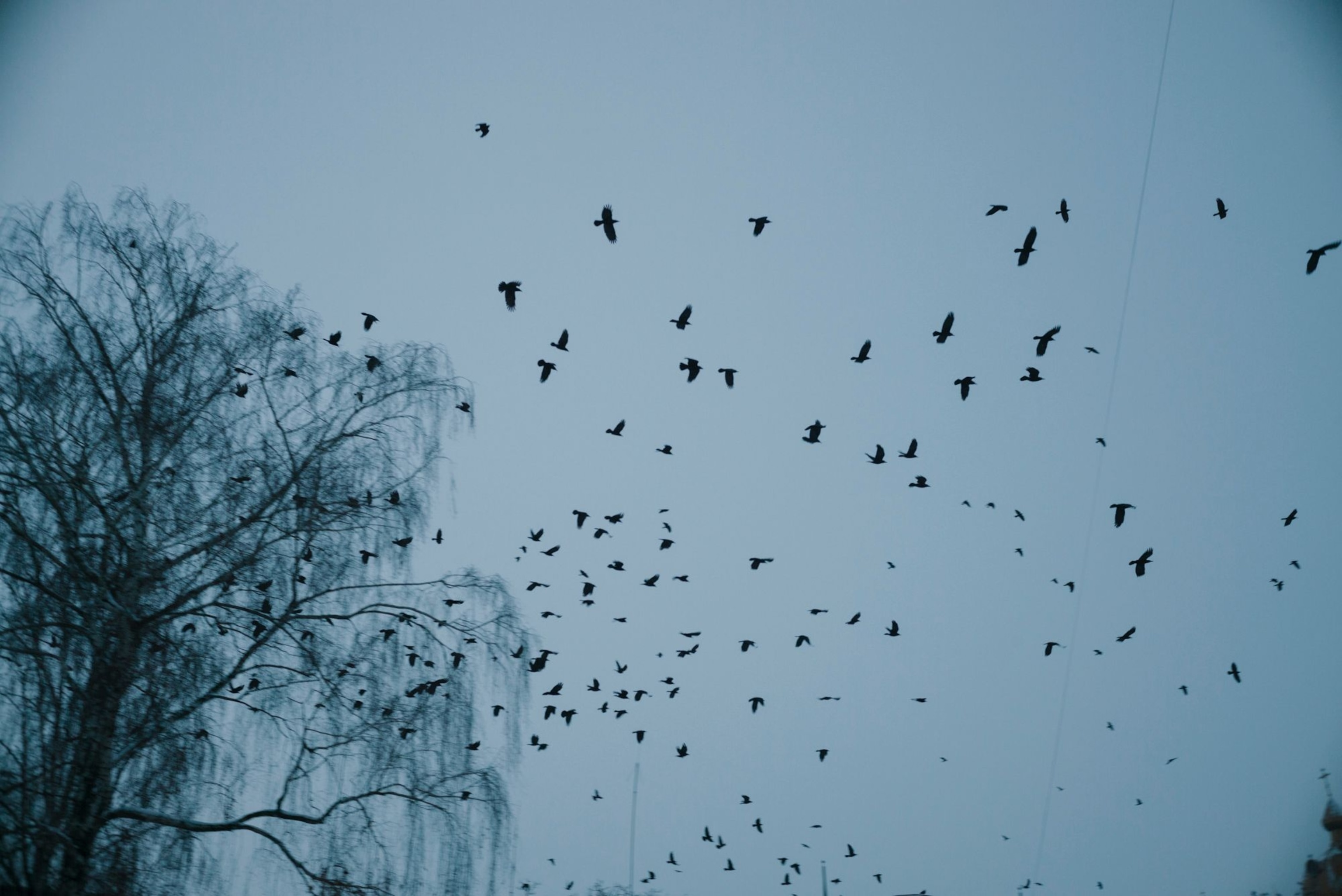
“Different countries have responded in different ways to murders and genocides committed on their lands—both by oppressors and by their own countrymen,” Marc Wilson says. “As I traveled I found many places that had been memorialized. And many others that had been left untouched—with no marker or sign of the event that had happened at this place, or the lives ended there.”
More intimate sites speak to microcosms of a broader terror. The rooms in Lviv, Ukraine, where two young children named Anna and Arthur were hidden from SS soldiers rounding up Jews for execution. A hole, covered with a detached door, still leads to an escape route to a back staircase.
“Many places, as in the rooms of Anna and Arthur’s hiding place, simply continued in their primary function—in this case a bedroom. But today for another family, another child,” he adds. “And then many places had been repurposed into, for example, a playground. In Poland I walked through a modern shopping centre, past a McDonalds, very aware I was on the site of a former concentration camp.” (Read: Dark tourism is on the rise—is it educational, or voyeuristic?)
“It is the reality of time moving forwards but also of the lack of memory, [or] the very conscious decision to brush aside, to not remember, to not mark out—not think about —these events.”
'Stories of individuals'
The testimonies of those hidden siblings—Anna and Arthur Rose, children of murdered parents fleeing a Ukraine ghetto in 1942—formed part of Wilson's work. They epitomised the very specific pathways the photographer wanted to re-trace. “Stories of individuals who could then reflect the stories of countless hundred others, a thousand others. A million.”
These are sites where literal life or death decisions were made. But they are also sites of hope, survival, and memory.Marc Wilson
Within the stories of horror captured in A Wounded Landscape are tales of escape, courage, and—however tragically naïve—hope. The recipes whispered bunk-to-bunk by inmates of Auschwitz; the heroism of the Dutch resistance families that hid Harry Mans, then a child of ten, and others on a two-year escape from persecution; the innocent traces left by those too young to understand their circumstances.
Wilson says he found his photographic voice for the project in what would become its first location—the former children's barracks in the ruins of Rivesaltes internment camp in South East France. In 1942 over a hundred Jewish children from the camp, many separated from their parents, were deported along with 2,000 adults in nine convoys to Auschwitz, where they were killed.
He describes walking past some wildflowers in the grass surrounding the barracks where inside, he found traces of its former occupants: “The fading paintings on the walls, made by children over 70 years ago, with paint provided by a Swiss Red Cross worker.”
The poignancy of the pictures—“a tree, a train through the mountains … a ship”— affected Wilson. Returning outside, he photographed one flower, struck with the idea it was one of the children's memories. Later, feeling “huge remorse”, he returned and photographed every one. “I felt I had ignored them, forgotten them, these flowers, these children. I found myself frantically photographing each flower as if the memories of these children depended on it.”
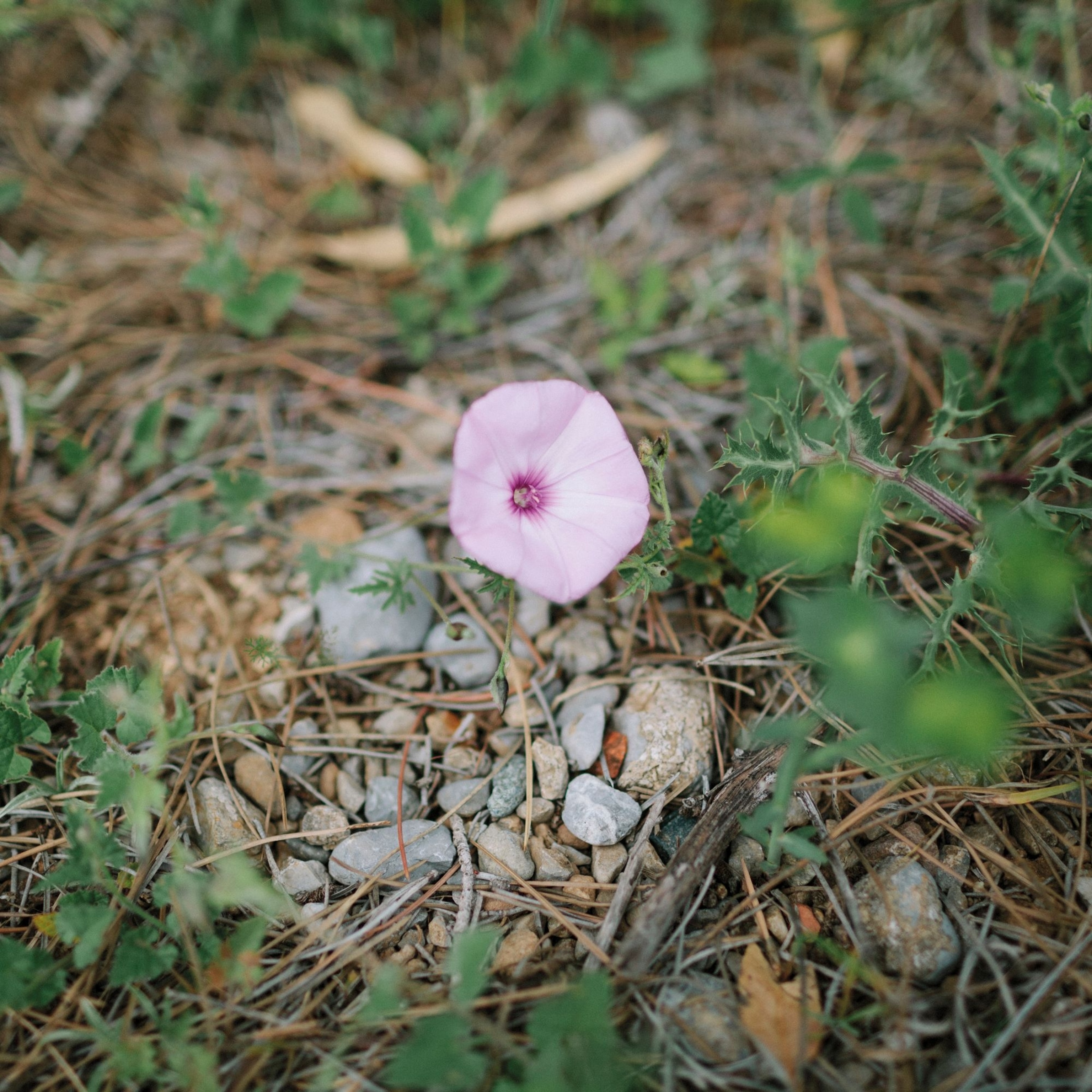
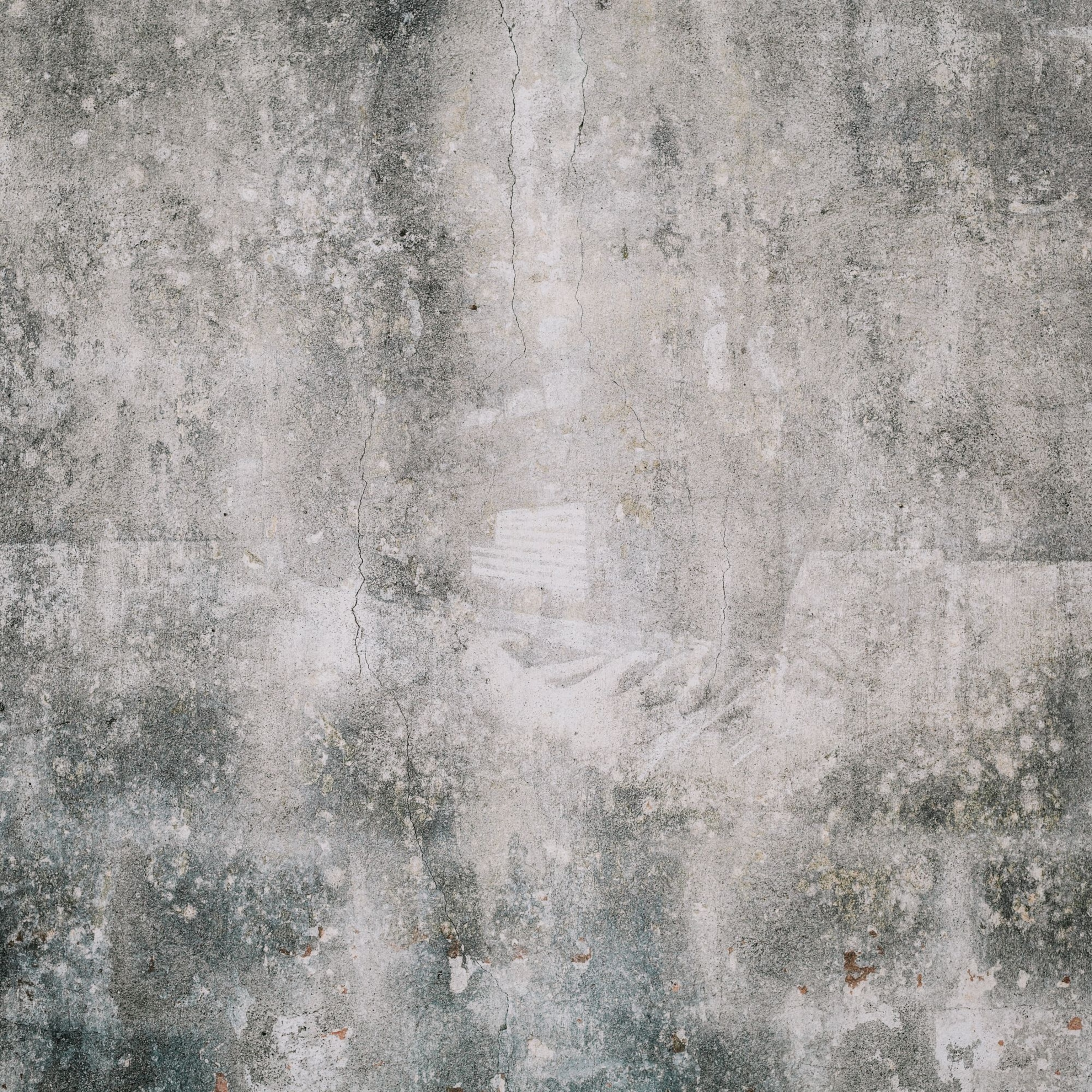

Time and memory
Wilson's interviews included not only those who lived through the Holocaust, but those who lived with those who lived through it—and offer glimpses into how bearing witness to the unimaginable translated into life afterwards. One such was Vivienne Kendall, widow of Kopel Kendall, nee Kandelzucker, (1928-2009) who survived four concentration camps as a teenager; the rest of his family were killed. He later become one of 732 children relocated to Windermere, in the English Lake District, after the war. In A Wounded Landscape Vivienne recalls Kopel's various anxieties in later life, including his disabling nervousness around authority. On one occasion, when attending a medical assessment, he found himself in a room with doctors dressed in white; Kopel started screaming. “He said it was as if he was back with the Nazis.”
Others speak to the various ways survivors coped with their trauma—from the effusive, to the stoically silent—and highlight how the suffering didn't stop with the surrender. As Hettie Posner remembered of her father Avram Samson (1919-1987), ”Some of them did not talk. They had no counselling … there was nothing for these people. They would just get on with it. I think my dad died as a result of it all, 40 years after liberation. Officially it was angina but unofficially it was stress.” (Related: why Germany surrendered twice at the end of World War II.)
Posner's brother Elvin added of their generation, of children raised by a parent—or in their case two—who lived through the genocide: “I would argue that virtually every child of Holocaust survivors has been damaged in some way.”
Inevitably, due to the project's long-term nature and mostly very elderly subjects, not all of those interviewed for A Wounded Landscape lived to see the project complete— a situation accelerated by COVID-19.
Of his project, Wilson says: "The sharing of stories is a hugely important role we can all take. Whether as a photographer or a viewer or reader, we have not just the ability but the responsibility. That we first listen, so we can then tell.”
“These are sites where literal life or death decisions were made.” he adds. “But they are also sites of hope, survival, and memory.”
This story was adapted from the National Geographic U.K. website.
You May Also Like
Go Further
Animals
- Why manatees often lurk close to Florida's power plantsWhy manatees often lurk close to Florida's power plants
- This Ecuadorian frog was lost for 100 years—until nowThis Ecuadorian frog was lost for 100 years—until now
- We now know why Florida fish spin in circles until they dieWe now know why Florida fish spin in circles until they die
Environment
- This little bird tells the story of the East Coast’s disappearing marshesThis little bird tells the story of the East Coast’s disappearing marshes
- ‘Corn sweat’—and other weird weather phenomena—explained‘Corn sweat’—and other weird weather phenomena—explained
History & Culture
- The 5 scariest mythological witches from around the worldThe 5 scariest mythological witches from around the world
- Meet Emiliano Zapata: hero and martyr of the Mexican RevolutionMeet Emiliano Zapata: hero and martyr of the Mexican Revolution
- Everything you need to know about Hispanic Heritage MonthEverything you need to know about Hispanic Heritage Month
- Your favorite foods have surprising global originsYour favorite foods have surprising global origins
- How did ancient Egyptian obelisks end up all over the world?How did ancient Egyptian obelisks end up all over the world?
Science
- Why this type of carb is so good for your gut healthWhy this type of carb is so good for your gut health
- Is America’s legal alcohol limit for driving too high?Is America’s legal alcohol limit for driving too high?
- This Ecuadorian frog was lost for 100 years—until nowThis Ecuadorian frog was lost for 100 years—until now
Travel
- 10 ways to see a different side of Spain
- Travel
- Destination Guide
10 ways to see a different side of Spain - 8 of the best coastal towns in Italy away from the crowds8 of the best coastal towns in Italy away from the crowds
- A photographic journey to Quilotoa, Ecuador’s volcanic crater lake
- Paid Content
A photographic journey to Quilotoa, Ecuador’s volcanic crater lake
